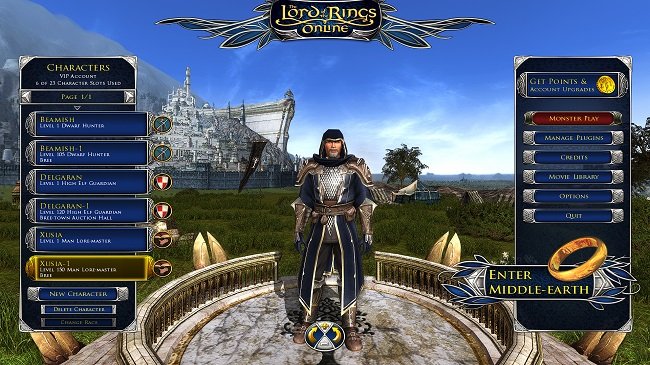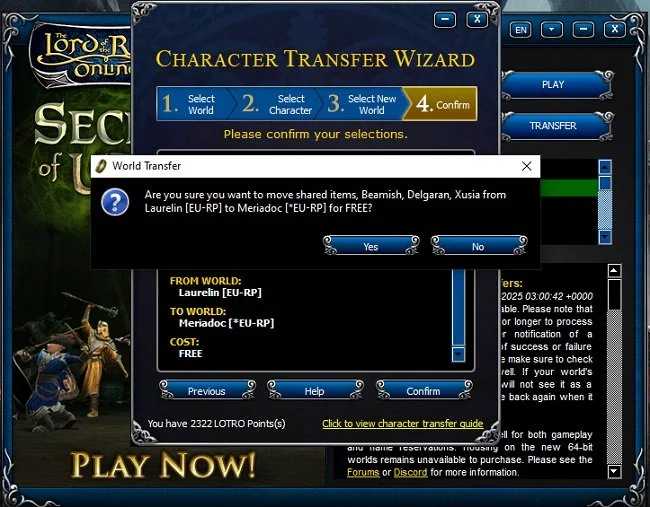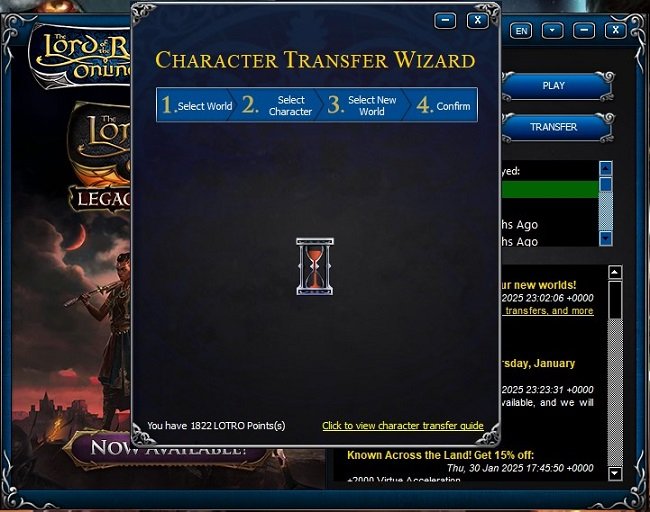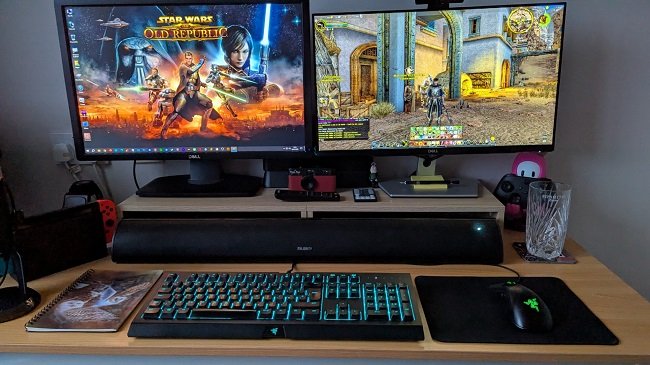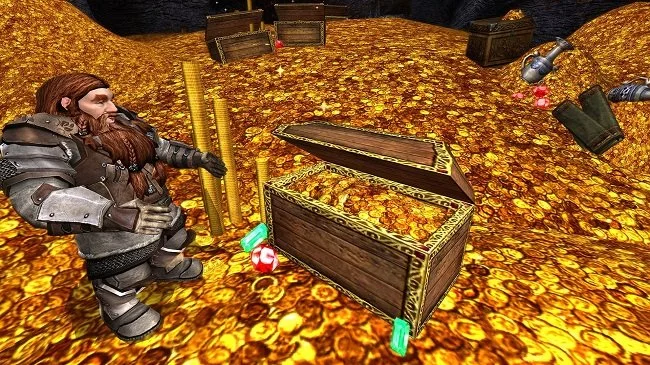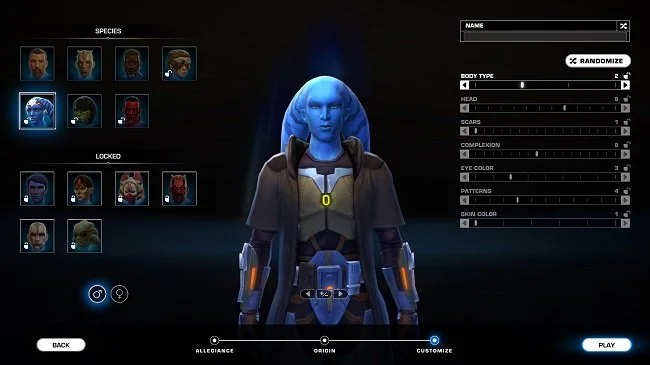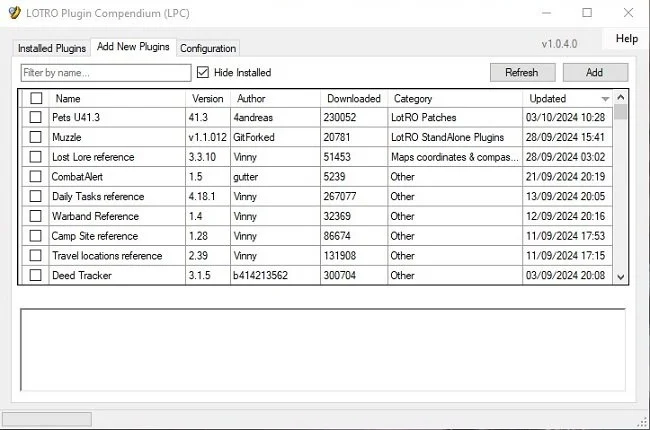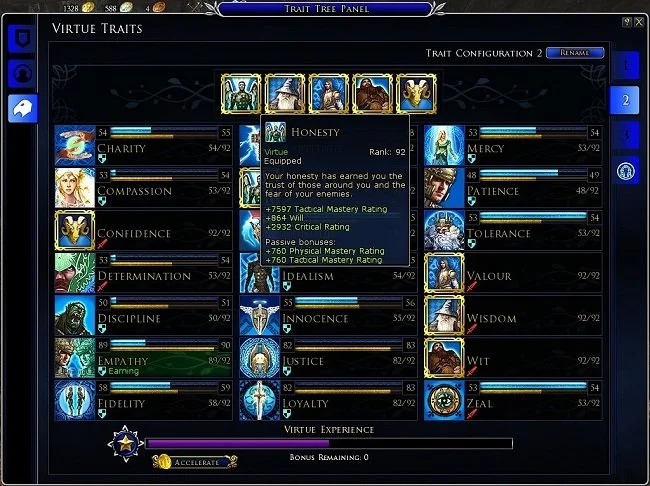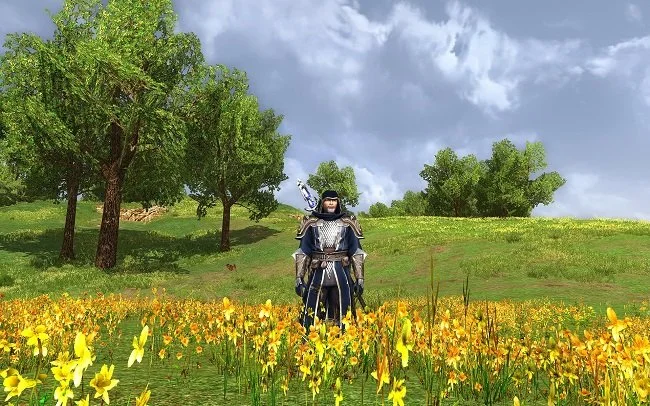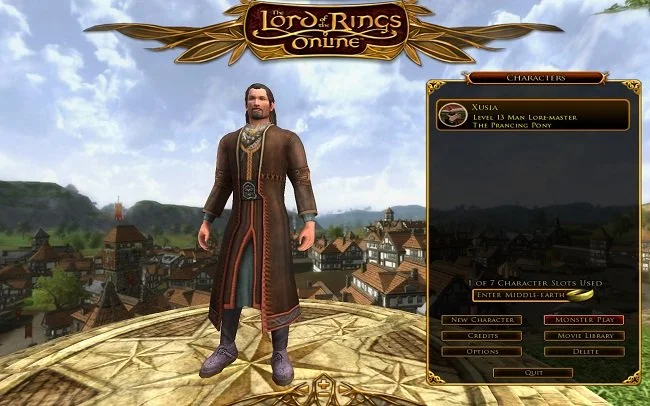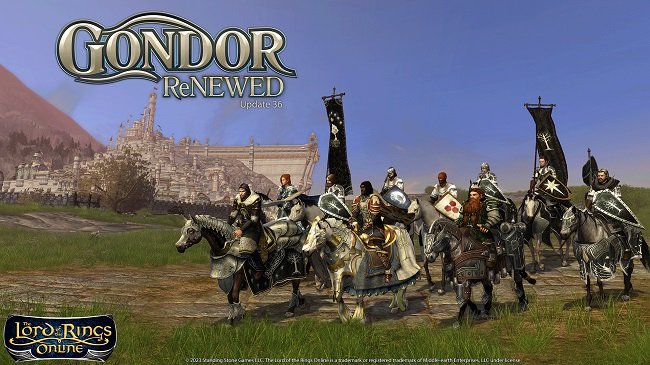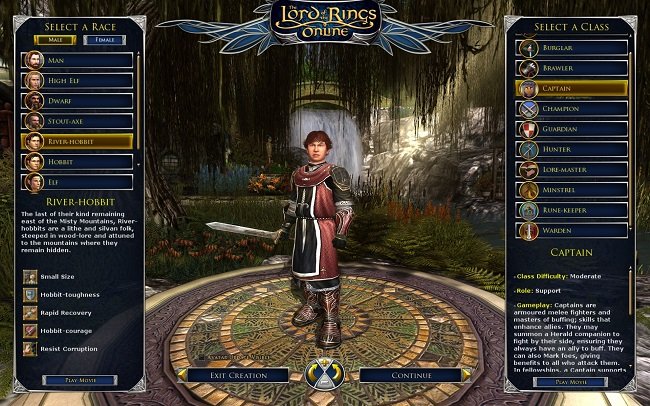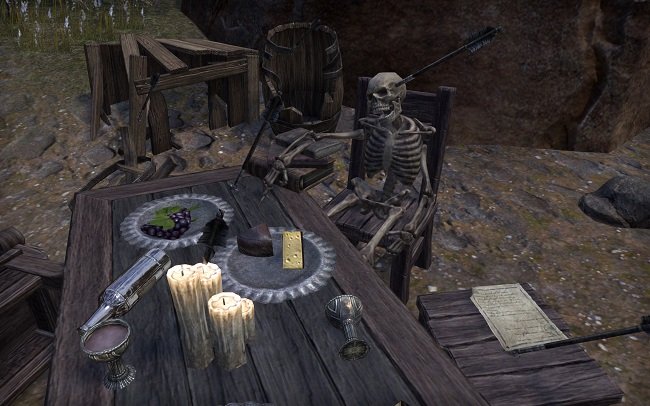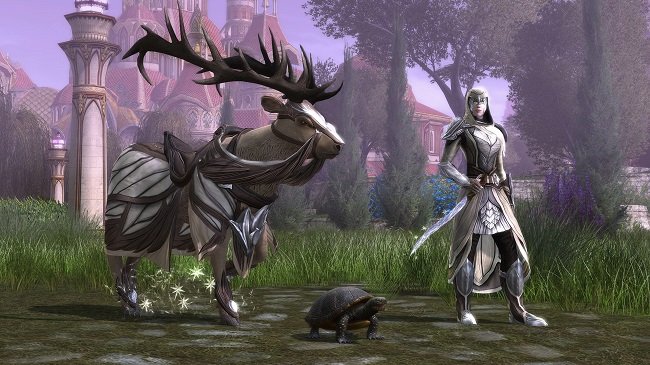LOTRO 10th Anniversary: Remembering LOTRO Part 1
On Monday 22nd December 2008, I visited the Game store at Colliers Wood, South West London. I was working at St George’s Hospital in Tooting the time at and the nearby shopping centre was an ideal place to spend the lunch hour. As I perused the shelves in the PC gaming section, I spotted a “compilation pack” that contained not only the MMORPG The Lord of the Rings Online but it’s recently released expansion pack, Mines of Moria. Although I was aware of the MMO genre at the time, I had never played one beyond a trial of Star Wars: Galaxies. However, as I had recently moved and was living alone, I was in the perfect position to start playing such a game. So, I decided to take the plunge and buy LOTRO for the bargain price of twenty pounds. There was also a sizeable display for World of Warcraft in the shop, which was by far the market leader at the time. Yet because I’ve always been a Tolkien fan, I just naturally gravitated toward buying LOTRO and it never crossed my mind to buy another product.
I installed and started playing the game that very night. It should be noted that the European version of LOTRO was distributed and administered under license by Codemasters at the time. So, I set up a subscription and on a whim decided to create my first character on Gilrain server, which met my language and social requirements. Having spent some time reading about the various classes in LOTRO, I can remember now that I was still a little confused by it all. Yet there was something about the Lore-master that just seemed to appeal to me. Perhaps it was the pets, or its semi-magical status. Although I wasn’t that au fait with control classes, I found the explanation of how the Lore-master fought intriguing. “The Lore-master uses his knowledge of ancient wisdom to stave off the advance of the shadow for a time. He can use his knowledge to attack his foes or to treat the wounds and suffering of his companions. He can even communicate with animals and request their aid”.
Let it suffice to say that the tutorial quickly got my orientated in the game. Having been a gamer prior to LOTRO, meant that the learning curve was not so steep. The other advantage I benefitted from by playing LOTRO at this particular time, eighteen months after its launch, was that there was a wealth of online resources for the game already in place. This proved invaluable because things were pretty different in LOTRO back in late 2008. For example, the location of quest objectives were not directly marked on the map. The quest bestowal details usually referred to a specific area which you then had to find and search. Sometimes this would be a very intuitive process but from time to time there would be frustration. Thus, fan sites and blog would often have map coordinates to aid this process. Obtaining a mount was also a challenge. A player didn’t become eligible to purchase a horse until level 35. It also cost a tidy sum of gold and was dependent on a somewhat convoluted quest.
Looking back now at these early days of LOTRO, the most pronounced difference was the fact that much of the game was designed to be completed in a group or fellowship. The Epic storyline frequently had group content as did a percentage of the regional quests. Zone chat was filled with requests for fellowships. Yet because of the volume of players in the game and that fact that Middle-earth had not yet grown to the size that it has now, finding a group was never an issue. There was also a prevailing sense of camaraderie. If a random stranger sent you a tell, you’d more than likely answer it. For the most part, the game was populated by mature Tolkien fans and as a result, things remained mainly civil. Plus, the concept of multiplayer gaming was still novel.
It took me nine months of to reach the then level cap of sixty. That meant playing most evenings and investing a considerable amount of time into LOTRO. There were occasions over weekends where I’d spend a whole day playing. There were also plenty of late nights, although I never did this at the expense of my personal life or work. However, let me be clear, LOTRO at the time became my primary means of entertainment and therefore I was happy to lavish it with attention. As I’m not the sort of player to experiment with multiple alts, this time was exclusively invested into my Lore-master. Lore-master crowd control skills were a key part of group play back then, so I found myself regularly grouping. As a result, friendships were formed and eventually I found the right kinship for me. Eight years on I’m still an active member of it.
Kinships always have been the heart and soul of LOTRO. They come in many shapes and sizes, catering to all types of gameplay. Yet they all have mutual support and friendship in common. What I particularly like about my kinship is its diversity and inherent good humour. It includes people from all over Europe and various walks of life. As a result, interacting with such a cross section of people has been a very positive experience and has certainly broadened my horizons. Then of course there’s the community outside of the game itself. The bloggers, podcasters, streamers and such like. Many are still active today but seven or eight years ago the scene was much bigger and very lively. Because of that community I changed my existing website to a LOTRO blog and instantly it got traction. LOTRO also inspired me to podcast. I can honestly say I’ve not encountered anything similar in all the subsequent MMOs that I’ve experienced.
To be continued.

